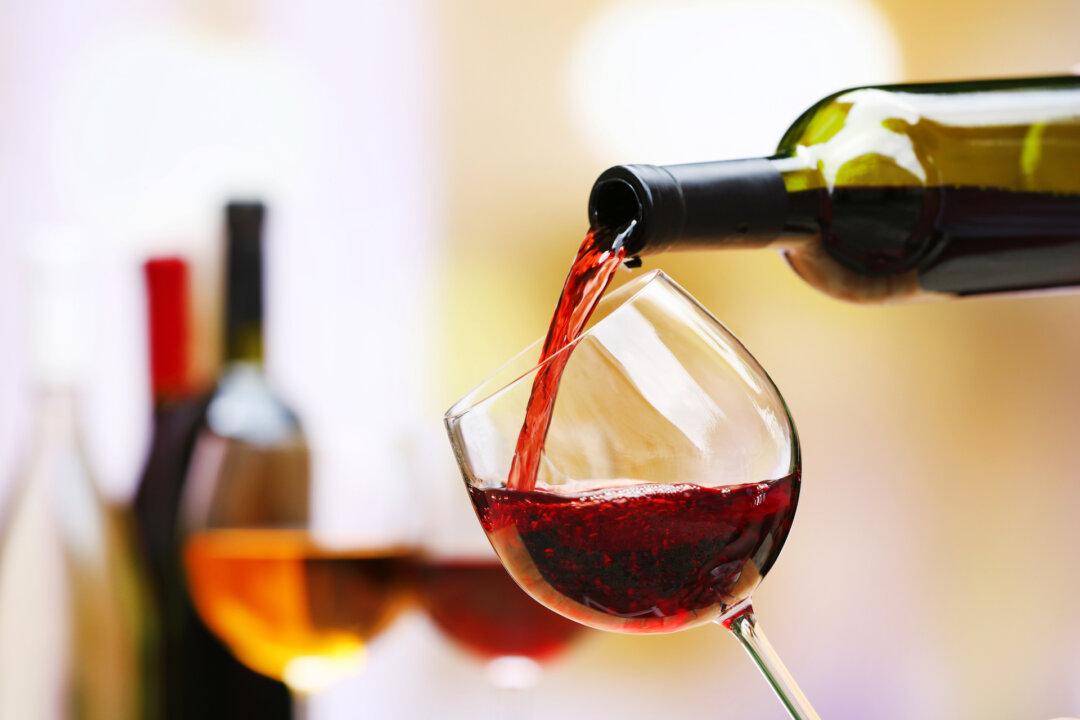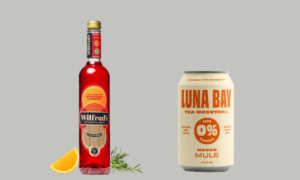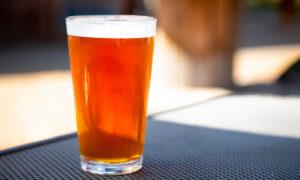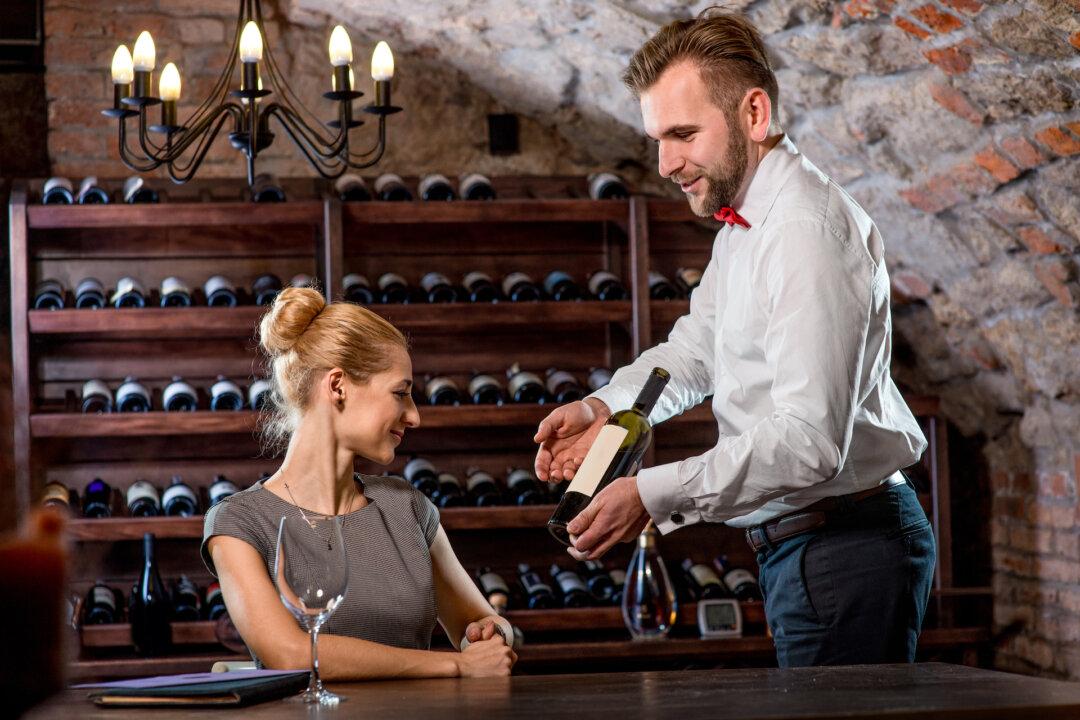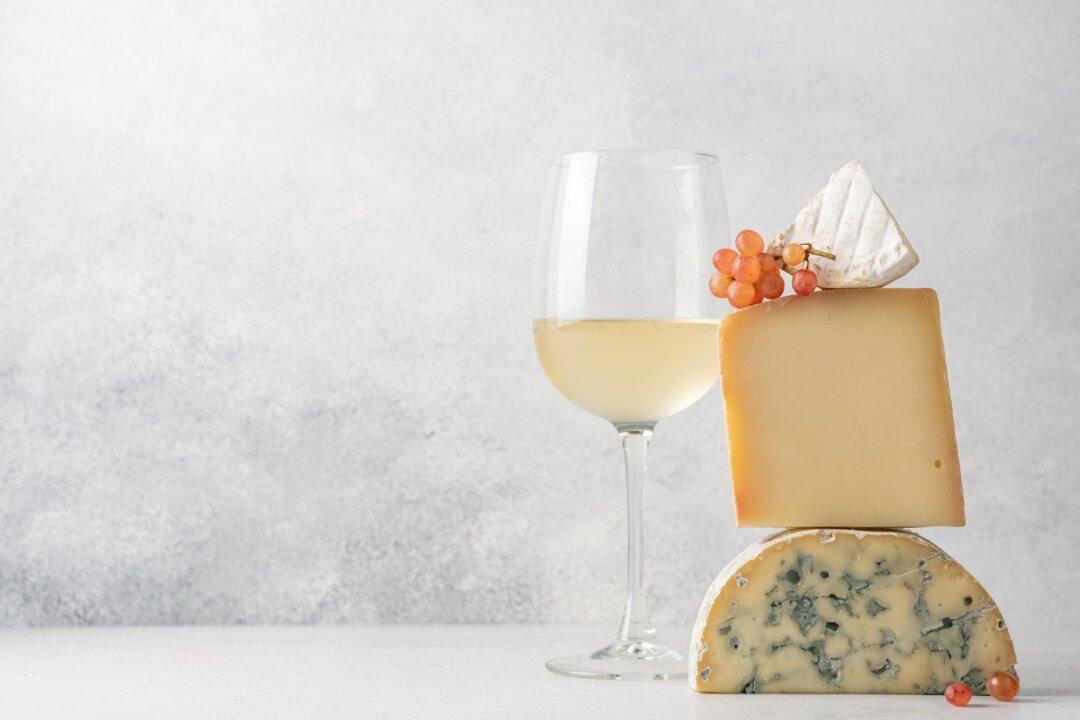Wine is a simple beverage, primarily composed of the juice from grapes; the alcohol comes from the sugars in those grapes after fermentation.
Basically, that’s it. Yeast is added to create the fermentation (Louis Pasteur discovered this in 1857), but it’s removed before you buy a bottle. And yes, some wines (mainly reds) are aged in oak barrels to give the wine maturity or flavor.
But for the most part, wine’s flavors come from the grapes that are used to make it. A gewurztraminer will be spicier than a pinot gris, which may be a bit spicier than a sauvignon blanc, which is a bit grassier than a chardonnay.
One element that can change a wine from being distinctively flavored is the alcohol. And though most people can’t discern the difference between a wine that’s 13 percent alcohol and one at 14 percent, most people can detect the difference when the alcohols differ widely.
Over the last 30 years or so, most California wines have risen significantly in alcohol content. There are a number of reasons for this, and wineries seem not to mind the higher alcohols even though the taxes they pay on wines over 14 percent are higher than for wines under that figure.
That may be changing, thanks in part to the demands of the youngest generation of wine drinkers, those aged about 21 to 35. Millennials, as these people are called, want more fruit flavors in their wine. And they see alcohol as covering up flavors.
As a result, in various interviews with winemakers over the last few years, I have heard almost all say variations on the same theme: “We’re working to get our alcohol levels down.”
One Sonoma County winemaker told me that 25 years ago, he thought it was fun to have a chardonnay with nearly 15 percent alcohol and that his marketing department was thrilled. “But I couldn’t drink it,” he said.
Today, he and most winemakers say that 13.5 percent, which once was common with chardonnay, is again a target.
There are multiple ways to make wines with lower alcohol, and most of them entail picking the fruit with less sugar. Another way to drop the alcohol is to remove some of it after the fermentation by techniques such as reverse osmosis or the use of gadgets such as the spinning cone, an expensive device owned by only a few wineries in California.
The demand for lower-alcohol wines is evident in many areas of the country. Major wine shops say they are increasing the amount of space they devote to German rieslings, most of which come in at 11 percent alcohol—and sometimes as low as 7.5 percent alcohol!
Alcohol levels in many wines are coming down, although a few zinfandels still are on store shelves with 16 percent and more. At that stage, most of the wines smell and taste more like raisins than fresh fruit.
Millennials seem to be driving this demand for better balance. They also say that less alcohol is more healthful.
Another trend in the last two or three years is the move by some wineries to make wines that actually have most, if not all, of the alcohol removed. Zero-alc wine is a growing category that is being developed as a significant trend throughout the state.

